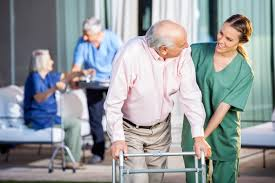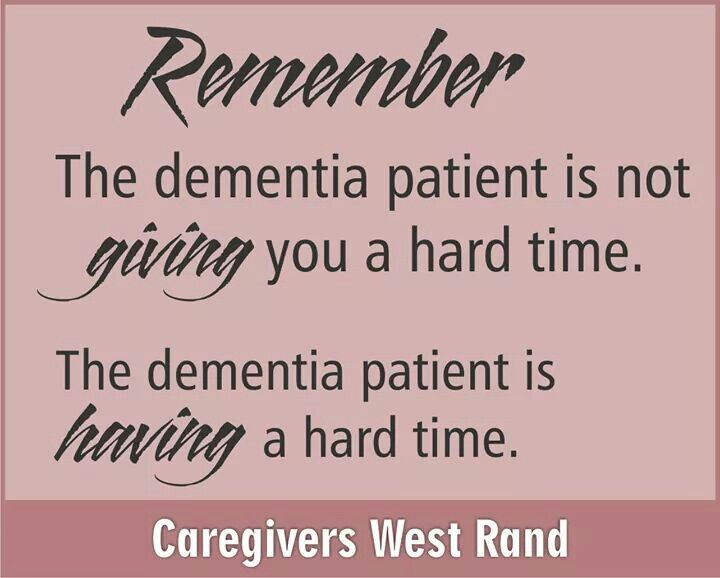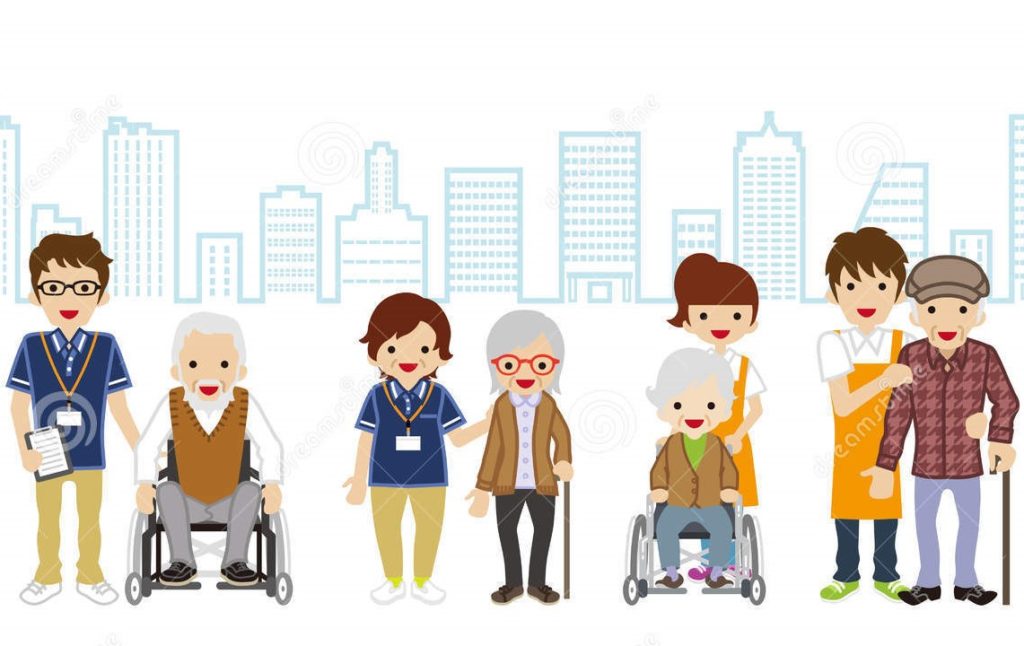IMPROVING CUSTOMER SERVICE FOR THE ELDERLY CONSUMERS

Some people age more gracefully than others, but the mind often begins to detoriorate in the long run. People begin to forget things, and it’s more difficult to figure out basic concepts, like how to operate a computer or resolve a billing issue. When these customers call, they’ll need extra attention, and you’ll need to give it to them.
The next slides will show some suggestions for making the conversation go as smooth as possible.
1. SHOW RESPECT
It’s a fairly common pet peeve of seniors to feel like they’re being patronized or belittled when interacting with employees who are younger than them. They might communicate slower, but they certainly aren’t stupid. Instead of talking down to your elderly customers, recognize their wisdom and treat them how you would treat others. If it’s taking longer to reach a solution, don’t let frustration show in your voice. Continue to work with them in a non-condescending tone, and you’ll achieve much better results.
2. WRITE THINGS DOWN
Deafness is one of the most common elements of age, and you want to make sure your message gets across clearly. In addition, the older people get, the more difficult time they have in remembering things. Having them write down the information on a piece of paper is a great way to give them the help they need.

3. PRACTICE PATIENCE
Seniors often take longer to make decisions, understand your requests, and respond. That doesn’t mean their interactions should be met with frustration or annoyance. Recognize that having patience is the key to resolving an issue successfully. Just remind yourself to slow down, listen carefully, and make sure you get everything right before continuing. Believe it or not, you’ll resolve the issue much more quickly if you slow your pace and remain calm as you help your elderly customers.

4. BRUSH UP ON COMMUNICATION TECHNIQUES
The younger generation tend to prefer chat options and self help tools, while 83 percent of those above the age of 55 prefer calling or talking face-to-face with a live customer service representative. For that reason, you should be well-versed in various forms of communication, including verbal communication. Avoid internal terms and jargon as it will sound vague to them. Work on maintaining a cheerful, helpful attitude so that these live customer service experiences can be successful.

5. JUST LISTEN
Many elderly customers are lonely. They don’t necessarily mean to talk excessively or share story after story while discussing matters of business, but when they don’t have many people at home, they often can’t help it. Listening goes a long way. Avoid cutting off their stories. They’ll have a much more pleasant experience and you’ll resolve the problem more fully if you take the time to listen, no matter the topic.
Not every communication experience with your elderly customers will go perfectly, even when you apply these principles. However, if you’re making a concentrated effort to improve the experience and make senior customers feel as valued as anyone else, the risk of losing customers will greatly decrease, and your skills will be much better for it.
If one encounters an irate consumer or contact person, try to pacify them first and let them know the truth and that you will seek further guidance to have other possible options. Convince them you know how it feels like if you were in their situation and that is why they have you on the line to help them out.
